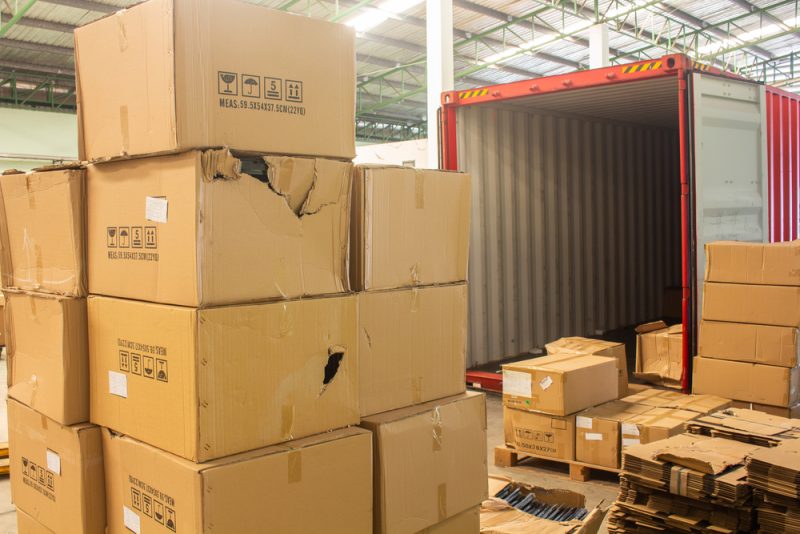
Your freight arrives damaged, you file a legitimate claim, and the transportation provider responds with a denial citing “insufficient documentation.” Sound familiar? Transportation provider pushback on valid claims has become increasingly common, costing companies thousands in unrecovered losses. The solution isn’t accepting these denials, it’s building bulletproof cases that transportation providers can’t reasonably dispute.
Why transportation providers push back on claims
Transportation providers have clear financial incentives to challenge claims whenever possible. Every denied claim protects their profit margins and keeps loss ratios in check. They know that many shippers will simply accept initial denials rather than fight back with proper documentation.
Common pushback tactics include requesting excessive documentation, questioning packaging adequacy, and disputing liability timing. Some transportation providers deliberately slow the process, hoping shippers will abandon smaller claims. Others test your knowledge of regulations and contract terms, looking for weaknesses in your case. It’s frustrating, but you have recourse.
6 ways to strengthen your claims recovery case
Strong documentation and proper procedures shift the burden of proof back to transportation providers. These strategies create cases that are difficult to dispute and expensive for transportation providers to challenge:
- Document everything from pickup to delivery: Comprehensive photo documentation eliminates most transportation provider disputes before they start. Take detailed pictures at every handoff point, focusing on the packaging condition and any visible damage. Document loading processes, securing methods, and handling procedures. For temperature-sensitive freight, maintain continuous temperature logs with timestamps. This visual evidence becomes your strongest weapon when transportation providers question damage timing or handling practices.
- Establish clear liability windows: When does transportation provider responsibility begin and end? Many claims fail because shippers can’t answer this question definitively. Document transfer of custody with precise timestamps and signatures. Understand how liability splits work in intermodal shipments between different transportation providers. Clear liability documentation removes ambiguity and strengthens your legal position when transportation providers try to shift blame.

- Build bulletproof packaging documentation: “Inadequate packaging” is transportation providers’ favorite denial reason — until you prove otherwise. Maintain detailed records of packaging specifications, testing results, and compliance certifications. Keep vendor certifications for all packaging materials and testing procedures. Having immediate access to prove that your methods exceeded carrier requirements and industry standards shuts down this common objection quickly.
- Create ironclad paper trails: Every email, phone call, and shipping document tells part of your claim story. Preserve all communications related to your shipments, including detailed freight descriptions, declared values, and special handling instructions. Document any deviations from standard procedures or unusual circumstances during shipment. Complete paper trails prevent transportation providers from claiming missing information or disputing shipment details after damage occurs.
- Respond quickly with complete information: Speed and completeness work in your favor when filing claims. Meet all transportation provider deadlines for documentation submission while providing comprehensive damage assessments, repair estimates, and replacement costs in your initial filing. Include all supporting documentation upfront rather than submitting piecemeal responses. This approach demonstrates professionalism and makes it harder for transportation providers to dismiss claims based on procedural issues.
- Know your rights and leverage them: The Carmack Amendment isn’t just regulatory text — it’s your roadmap to proper claim handling. Reference specific contract terms, liability limits, and regulatory obligations in your communications. Know escalation procedures within transportation provider organizations and use them when frontline staff provide inadequate responses. Educated shippers who understand their rights receive better treatment and faster resolutions than those who rely solely on transportation provider guidance.
These six approaches work together to create comprehensive protection for your freight claims. The result is higher recovery rates, faster payments, and reduced administrative burden on your team.
Strengthen your position
Claims recovery isn’t about fighting transportation providers, it’s about protecting your company’s financial interests through proper documentation and procedures. Companies that invest in strong claims processes recover significantly more money than those that rely on basic documentation.
Your freight claims represent real money that belongs to your bottom line. Don’t let inadequate preparation hand those dollars to carriers who are counting on your inability to build strong cases.